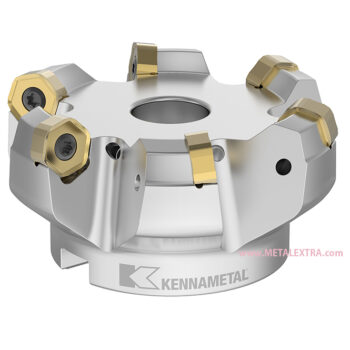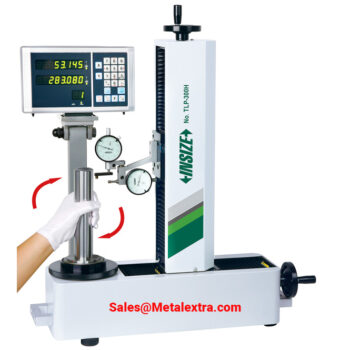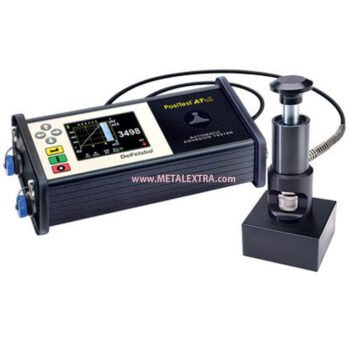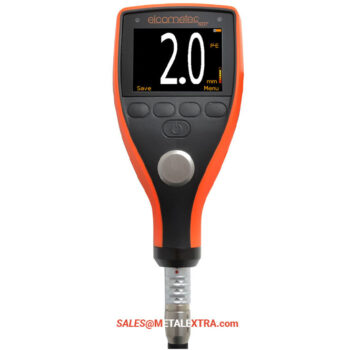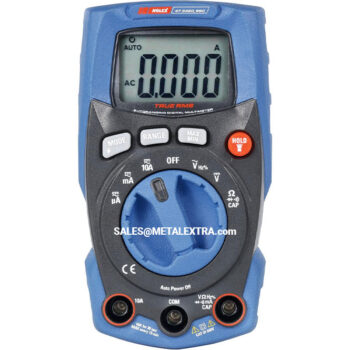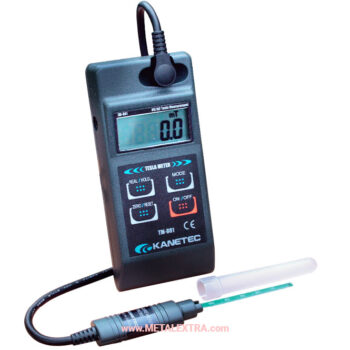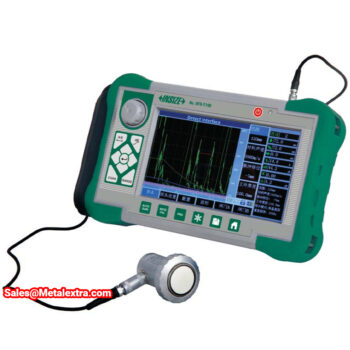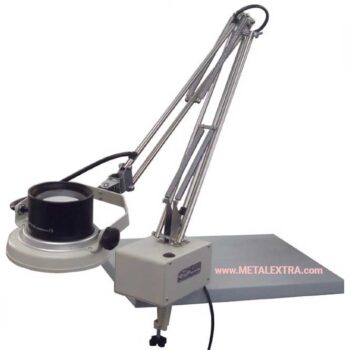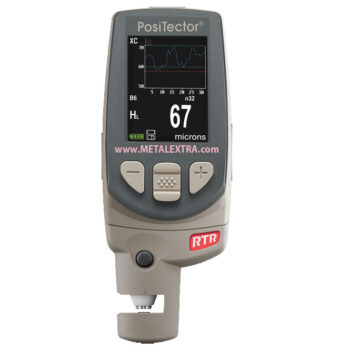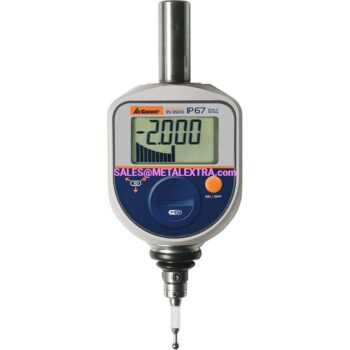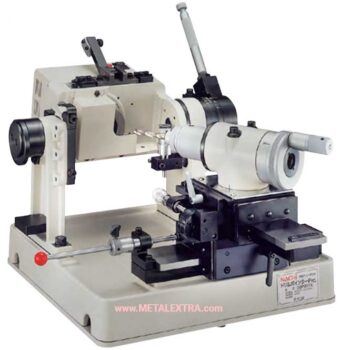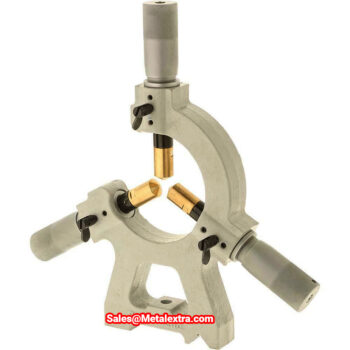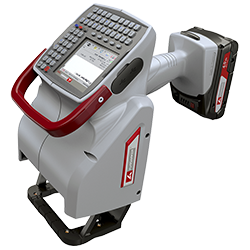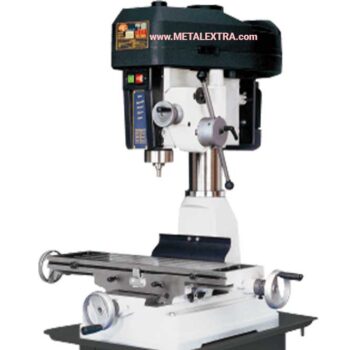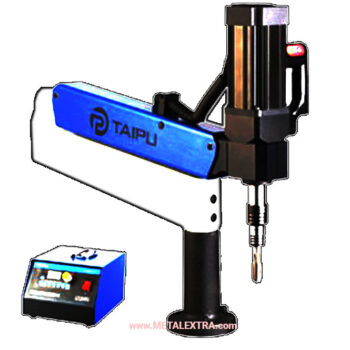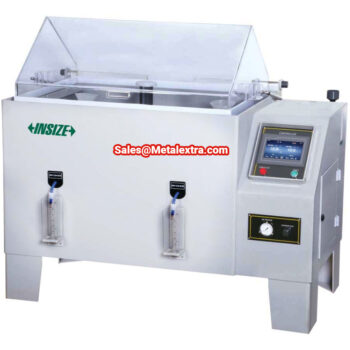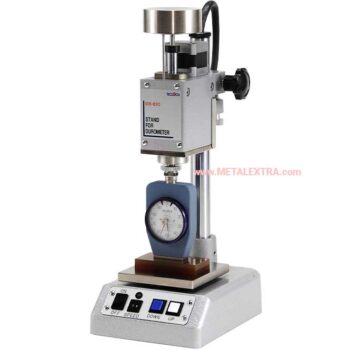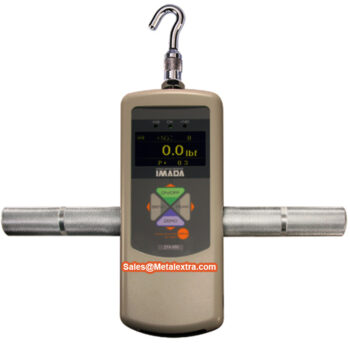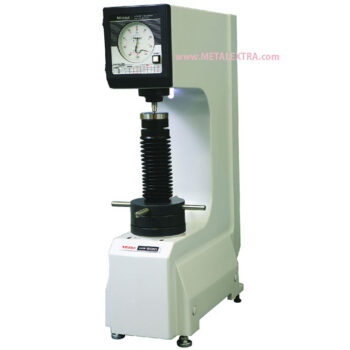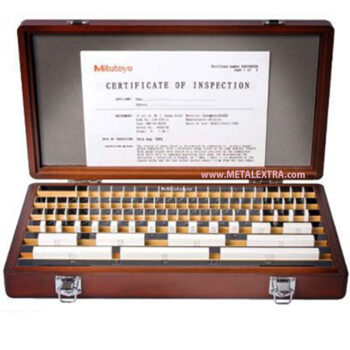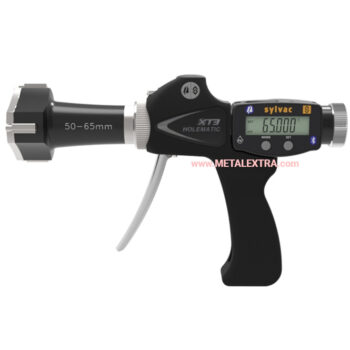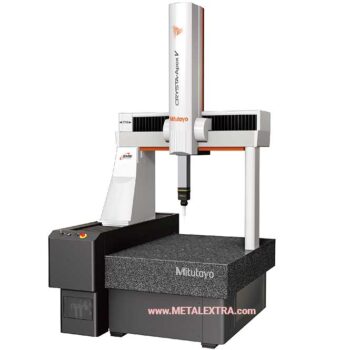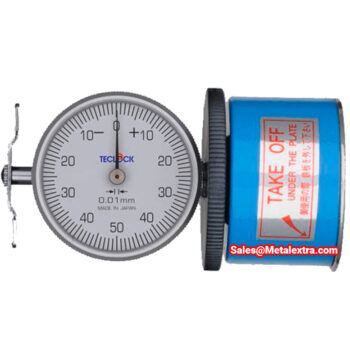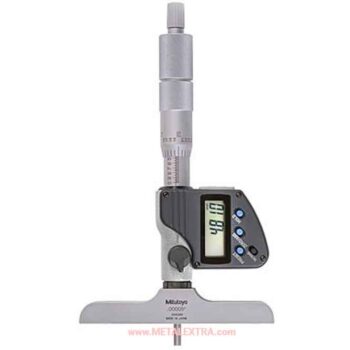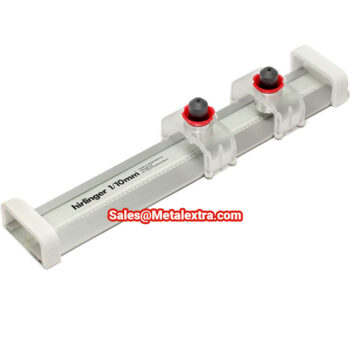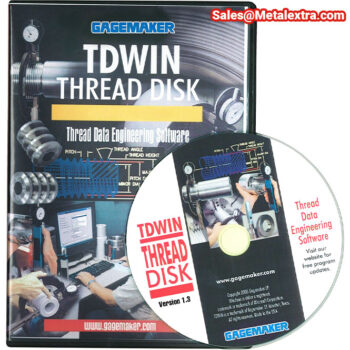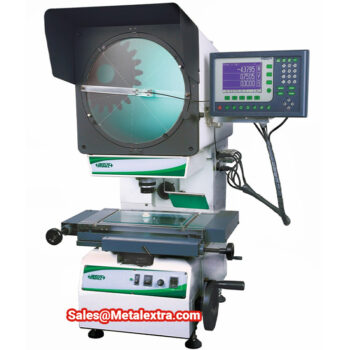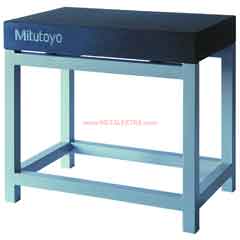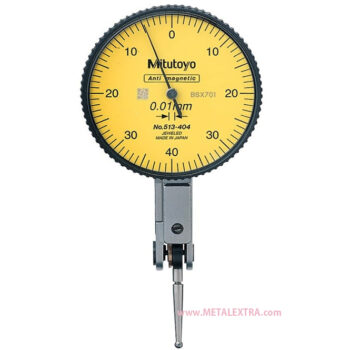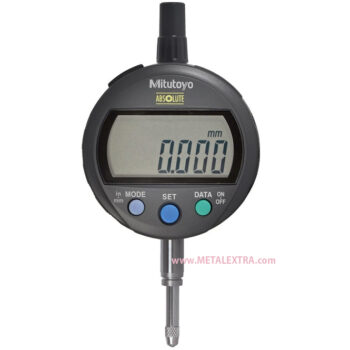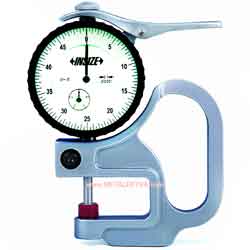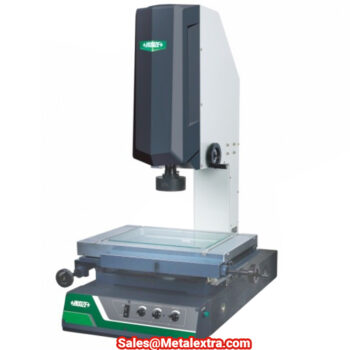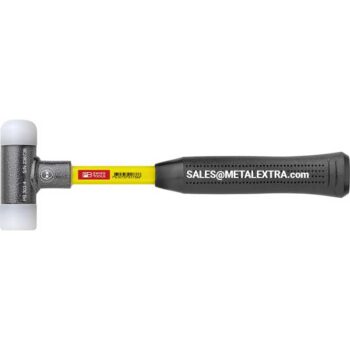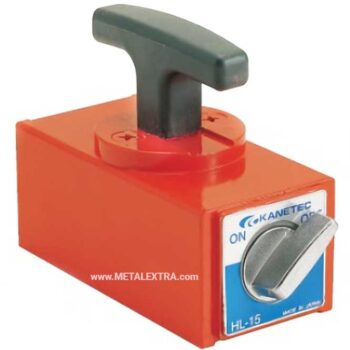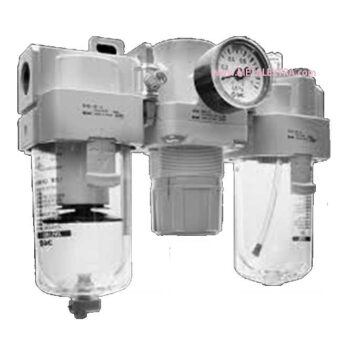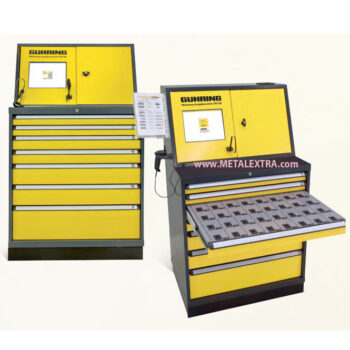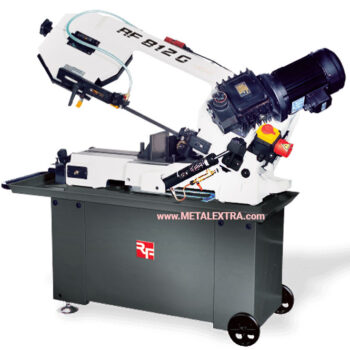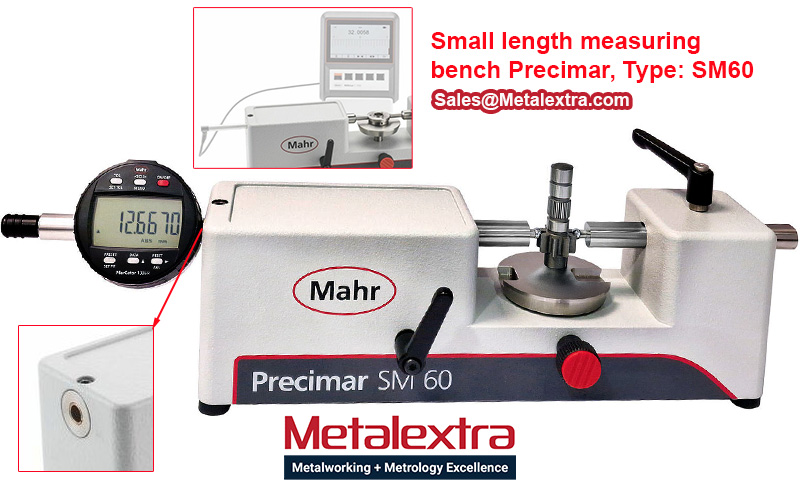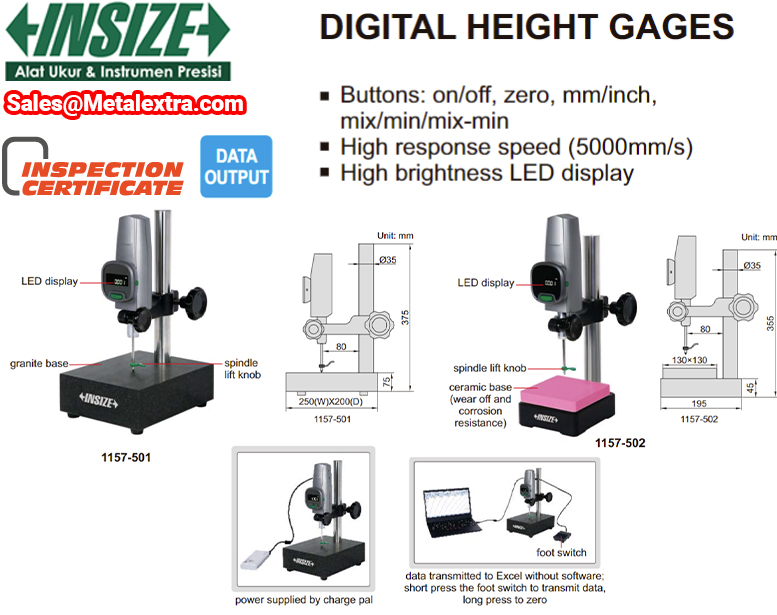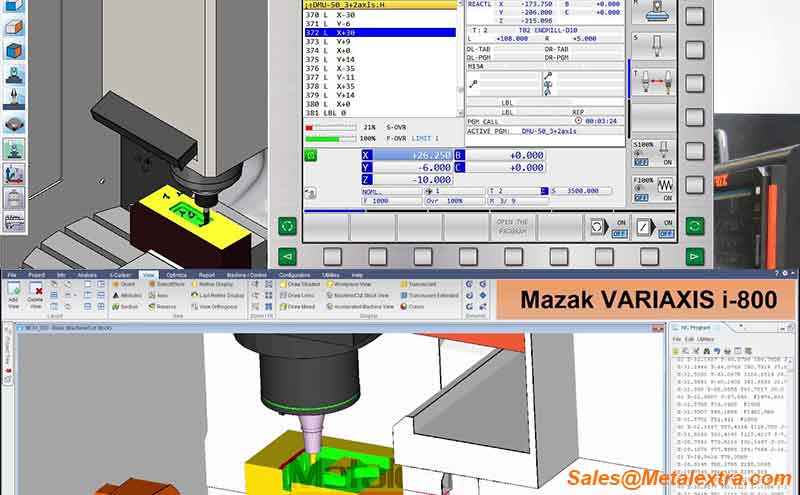Capability Maturity Model (CMM) broadly refers to a process improvement approach that is based on a process model. CMM also refers specifically to the first such model, developed by the Software Engineering Institute (SEI) in the mid-1980s, as well as the family of process models that followed. A process model is a structured collection of practices that describe the characteristics of effective processes; the practices included are those proven by experience to be effective.
CMM can be used to assess an organization against a scale of five process maturity levels. Each level ranks the organization according to its standardization of processes in the subject area being assessed. The subject areas can be as diverse as software engineering, systems engineering, project management, risk management, system acquisition, information technology (IT) services and personnel management.
CMM was developed by the SEI at Carnegie Mellon University in Pittsburgh. It has been used extensively for avionics software and government projects, in North America, Europe, Asia, Australia, South America, and Africa.Currently, some government departments require software development contract organization to achieve and operate at a level 3 standard.
History
The Capability Maturity Model was initially funded by military research. The United States Air Force funded a study at the Carnegie-Mellon Software Engineering Institute to create a model (abstract) for the military to use as an objective evaluation of software subcontractors. The result was the Capability Maturity Model, published as Managing the Software Process in 1989. The CMM is no longer supported by the SEI and has been superseded by the more comprehensive Capability Maturity Model Integration (CMMI).
Maturity Model
The Capability Maturity Model (CMM) is a way to develop and refine an organization’s processes. The first CMM was for the purpose of developing and refining software development processes. A maturity model is a structured collection of elements that describe characteristics of effective processes. A maturity model provides:
|
|
|
|
- a place to start
- the benefit of a community’s prior experiences
- a common language and a shared vision
- a framework for prioritizing actions
- a way to define what improvement means for your organization
|
|
|
|
|
A maturity model can be used as a benchmark for assessing different organizations for equivalent comparison. It describes the maturity of the company based upon the project the company is dealing with and the clients.
Context
In the 1970s, technological improvements made computers more widespread, flexible, and inexpensive. Organizations began to adopt more and more computerized information systems and the field of software development grew significantly. This led to an increased demand for developers—and managers—which was satisfied with less experienced professionals.
Unfortunately, the influx of growth caused growing pains; project failure became more commonplace not only because the field of computer science was still in its infancy, but also because projects became more ambitious in scale and complexity. In response, individuals such as Edward Yourdon, Larry Constantine, Gerald Weinberg, Tom DeMarco, and David Parnas published articles and books with research results in an attempt to professionalize the software development process.
Watts Humphrey’s Capability Maturity Model (CMM) was described in the book Managing the Software Process (1989). The CMM as conceived by Watts Humphrey was based on the earlier work of Phil Crosby. Active development of the model by the SEI began in 1986.
The CMM was originally intended as a tool to evaluate the ability of government contractors to perform a contracted software project. Though it comes from the area of software development, it can be, has been, and continues to be widely applied as a general model of the maturity of processes in IS/IT (and other) organizations.
The model identifies five levels of process maturity for an organisation. Within each of these maturity levels are KPAs (Key Process Areas) which characterise that level, and for each KPA there are five definitions identified:
|
|
|
|
- 1. Goals
- 2. Commitment
- 3. Ability
- 4. Measurement
- 5. Verification
|
|
|
|
|
The KPAs are not necessarily unique to CMM, representing – as they do – the stages that organizations must go through on the way to becoming mature.
The assessment is supposed to be led by an authorised lead assessor. One way in which companies are supposed to use the model is first to assess their maturity level and then form a specific plan to get to the next level. Skipping levels is not allowed.
Timeline
|
|
|
|
- 1987 SEI-87-TR-24 (SW-CMM questionnaire), released.
- 1989 Managing the Software Process, published.
- 1991 SW-CMM v1.0, released.
- 1993 SW-CMM v1.1, released.
- 1997 SW-CMM revisions halted in support for CMMI.
- 2000 CMMI v1.02, released.
- 2002 CMMI v1.1, released.
- 2006 CMMI v1.2, released.
|
|
|
|
|
Current state
Although these models have proved useful to many organizations, the use of multiple models has been problematic. Further, applying multiple models that are not integrated within and across an organization is costly in terms of training, appraisals, and improvement activities. The CMM Integration project was formed to sort out the problem of using multiple CMMs. The CMMI Product Team’s mission was to combine three source models:
- The Capability Maturity Model for Software (SW-CMM) v2.0 draft C
- The Systems Engineering Capability Model (SECM)
- The Integrated Product Development Capability Maturity Model (IPD-CMM) v0.98
- Supplier sourcing
CMMI is the designated successor of the three source models. The SEI has released a policy to sunset the Software CMM and previous versions of the CMMI. The same can be said for the SECM and the IPD-CMM; these models were superseded by CMMI.
Future direction
With the release of the CMMI Version 1.2 Product Suite, the existing CMMI has been renamed the CMMI for Development (CMMI-DEV), V1.2. Two other versions are being developed, one for Services, and the other for Acquisitions.
In some cases, CMM can be combined with other methodologies. It is commonly used in conjunction with the ISO 9001 standard, as well as with the computer programming methodologies of Extreme Programming (XP), and Six Sigma.
Levels of the CMM
There are five levels of the CMM:
|
|
|
|
- Level 1 – Initial
- Processes are usually ad hoc and the organization usually does not provide a stable environment. Success in these organizations depends on the competence and heroics of the people in the organization and not on the use of proven processes. In spite of this ad hoc, chaotic environment, maturity level 1 organizations often produce products and services that work; however, they frequently exceed the budget and schedule of their projects.
- Organizations are characterized by a tendency to over commit, abandon processes in the time of crisis, and not be able to repeat their past successes again.
- Software project success depends on having quality people.
- Level 2 – Repeatable
- Software development successes are repeatable. The processes may not repeat for all the projects in the organization. The organization may use some basic project management to track cost and schedule.
- Process discipline helps ensure that existing practices are retained during times of stress. When these practices are in place, projects are performed and managed according to their documented plans.
- Project status and the delivery of services are visible to management at defined points (for example, at major milestones and at the completion of major tasks).
- Basic project management processes are established to track cost, schedule, and functionality. The minimum process discipline is in place to repeat earlier successes on projects with similar applications and scope. There is still a significant risk of exceeding cost and time estimate.
- Level 3 – Defined
- The organization’s set of standard processes, which is the basis for level 3, is established and improved over time. These standard processes are used to establish consistency across the organization. Projects establish their defined processes by the organization’s set of standard processes according to tailoring guidelines.
- The organization’s management establishes process objectives based on the organization’s set of standard processes and ensures that these objectives are appropriately addressed.
- A critical distinction between level 2 and level 3 is the scope of standards, process descriptions, and procedures. At level 2, the standards, process descriptions, and procedures may be quite different in each specific instance of the process (for example, on a particular project). At level 3, the standards, process descriptions, and procedures for a project are tailored from the organization’s set of standard processes to suit a particular project or organizational unit.
- Level 4 – Managed
- Using precise measurements, management can effectively control the software development effort. In particular, management can identify ways to adjust and adapt the process to particular projects without measurable losses of quality or deviations from specifications. At this level organization set a quantitative quality goal for both software process and software maintenance.
- Subprocesses are selected that significantly contribute to overall process performance. These selected subprocesses are controlled using statistical and other quantitative techniques.
- A critical distinction between maturity level 3 and maturity level 4 is the predictability of process performance. At maturity level 4, the performance of processes is controlled using statistical and other quantitative techniques, and is quantitatively predictable. At maturity level 3, processes are only qualitatively predictable.
- Level 5 – Optimizing
- Focusing on continually improving process performance through both incremental and innovative technological improvements. Quantitative process-improvement objectives for the organization are established, continually revised to reflect changing business objectives, and used as criteria in managing process improvement. The effects of deployed process improvements are measured and evaluated against the quantitative process-improvement objectives. Both the defined processes and the organization’s set of standard processes are targets of measurable improvement activities.
- Process improvements to address common causes of process variation and measurably improve the organization’s processes are identified, evaluated, and deployed.
- Optimizing processes that are nimble, adaptable and innovative depends on the participation of an empowered workforce aligned with the business values and objectives of the organization. The organization’s ability to rapidly respond to changes and opportunities is enhanced by finding ways to accelerate and share learning.
- A critical distinction between maturity level 4 and maturity level 5 is the type of process variation addressed. At maturity level 4, processes are concerned with addressing special causes of process variation and providing statistical predictability of the results. Though processes may produce predictable results, the results may be insufficient to achieve the established objectives. At maturity level 5, processes are concerned with addressing common causes of process variation and changing the process (that is, shifting the mean of the process performance) to improve process performance (while maintaining statistical probability) to achieve the established quantitative process-improvement objectives.
|
|
|
|
|
The most beneficial elements of CMM Level 2 and 3:
|
|
|
|
- Creation of Software Specifications, stating what is going to be developed, combined with formal sign off, an executive sponsor and approval mechanism. This is NOT a living document, but additions are placed in a deferred or out of scope section for later incorporation into the next cycle of software development.
- A Technical Specification, stating how precisely the thing specified in the Software Specifications is to be developed will be used. This is a living document.
- Peer Review of Code (Code Review) with metrics that allow developers to walk through an implementation, and to suggest improvements or changes. Note – This is problematic because the code has already been developed and a bad design can not be fixed by “tweaking”, the Code Review gives complete code a formal approval mechanism.
- Version Control – a very large number of organizations have no formal revision control mechanism or release mechanism in place.
- The idea that there is a “right way” to build software, that it is a scientific process involving engineering design and that groups of developers are not there to simply work on the problem du jour.
|
|
Jika Anda berminat untuk membeli alat ukur Height Gauge profesional ataupun beragam alat ukur dimensi metric lainnya silahkan hubungi kami melalui chat online yang ada di pojok kanan bawah website ini atau melalui email : moc.artxelatemobfsctd@selas Semoga bermanfaat. Wassalam!
Sumber: Tim Kreatif Metalextra.com, Tulisan ini merupakan opini Pribadi di media milik sendiri.






















